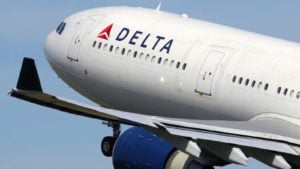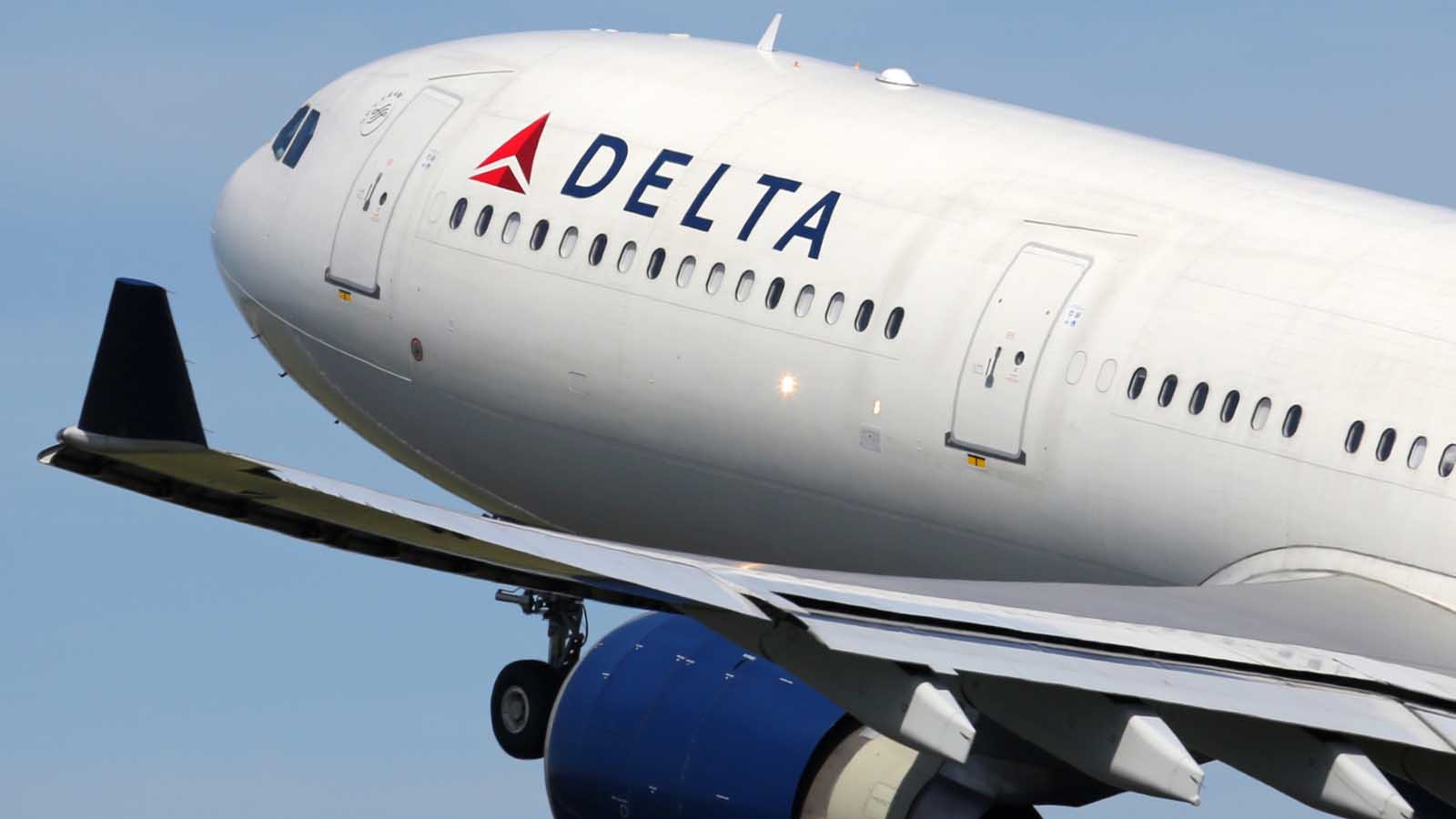Stuck in a trading range at close to $20 a share, Delta Air Lines (NYSE:DAL) needs a single catalyst to take off again. Namely, a successful re-opening of the U.S. economy while minimizing the spread of the novel coronavirus. Investors holding DAL stock right now will need to brace for the high cash burn rate, the excess pilots, and fears of a second wave hurting flight traffic.

DAL Stock Benefits From Supply Cuts
In a memo to its flight operations employees, John Laughter, Delta’s senior vice president of flight operations, said the airline will have an excess of 7,000 pilots this fall.
“I recognize that is an alarming number so it’s important to know that our intent is to align staffing for what we need over the long term,” he said in the memo.
Laying off staff down the road will add to an airliner’s costs. But investors cannot try to accurately predict how many pilots that airlines will need a year into the future. More likely, Delta has 2,500 more pilots than it needs by the third quarter of next year.
On May 14, Delta said that due to expectations of a slow turnaround in international long-haul travel, it will retire its Boeing (NYSE:BA) 777 fleet. CEO Ed Bastian said that “for the next two to three years, a smaller network, fleet, and operation in response to substantially reduced customer demand.”
The company is unlikely to reverse its decision of fleet consolidation. It aligns with its objective of cutting excess operating costs. So, the sharply reduced demand in flights allows Delta to address the excess costs.
The airliner’s Airbus A350 will take on the route between Sydney and Los Angeles by the end of this year.
Worries Over Second Wave of Covid-19
With the U.S. and most of the rest of the world barely in the early phases of re-opening, worries over the second wave of Covid-19 is hurting DAL stock. The concerns are not fearmongering. The World Health Organization warned on May 15 that the virus will be hard to wipe out completely. If the persistence of the virus a new reality, then Delta must adapt.
When flight volumes increase and demand improves, Delta cannot carry a 100% passenger load. And if Congress demands that airlines fly with one or more empty seats between passengers, Delta’s profit margins will shrink. That maximum load suggests each flight will run at 67% capacity at the most. But if customers are only feeling a false sense of security with the extra space and the wearing of masks that don’t prevent a spread, then this scenario is too optimistic.
Adjusting to the New Normal
Delta, along with the other airlines, may raise prices to reduce demand. Traveling will become a luxury, so those who can afford it will pay the higher ticket prices. With that assumption, investors may build a five-year discounted cash flow model: EBITDA Exit. Project a revenue decline this year, followed by single-digit revenue growth afterward.
| (USD in millions) | Input Projections | |||||
| Fiscal Years Ending | 19-Dec | 20-Dec | 21-Dec | 22-Dec | 23-Dec | 24-Dec |
| Revenue | 47,007 | 21,550 | 22,628 | 23,759 | 24,947 | 26,194 |
| % Growth | 5.8% | -54.2% | 5% | 5% | 5% | 5% |
| EBITDA | 8,913 | 2,371 | 2,489 | 2,613 | 2,744 | 3,929 |
| % of Revenue | 19% | 11% | 11% | 11% | 11% | 15% |
Data courtesy of finbox
In the above scenario, a terminal EBITDA multiple of 8 times would suggest that DAL stock is worth nearly $22 a share.
In the next few weeks, Delta may fall further or stabilize at current levels. Ultimately, its prospects depend on macro events that investors cannot easily predict. Taming the virus requires lower daily infection counts, especially in the U.S. Eventually, the country will find a balance between a safe re-opening and a permanent decline in virus cases.
Disclosure: As of this writing, the author did not hold a position in any of the aforementioned securities.
